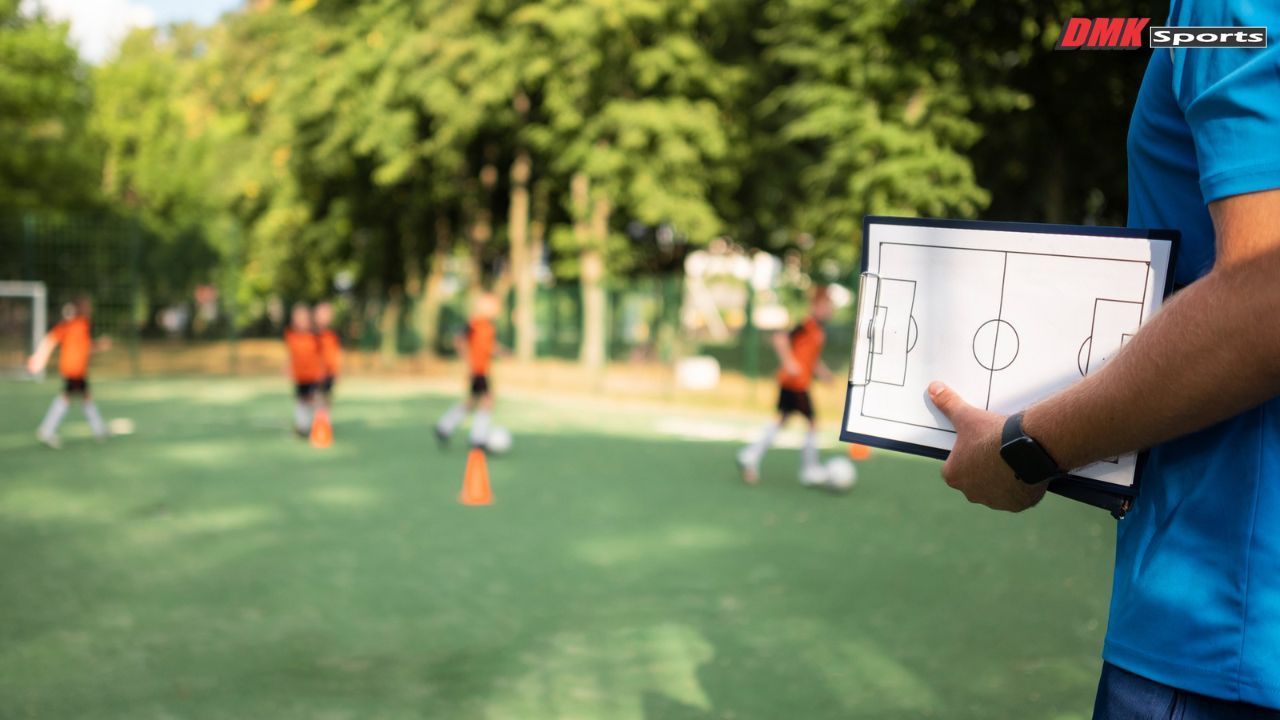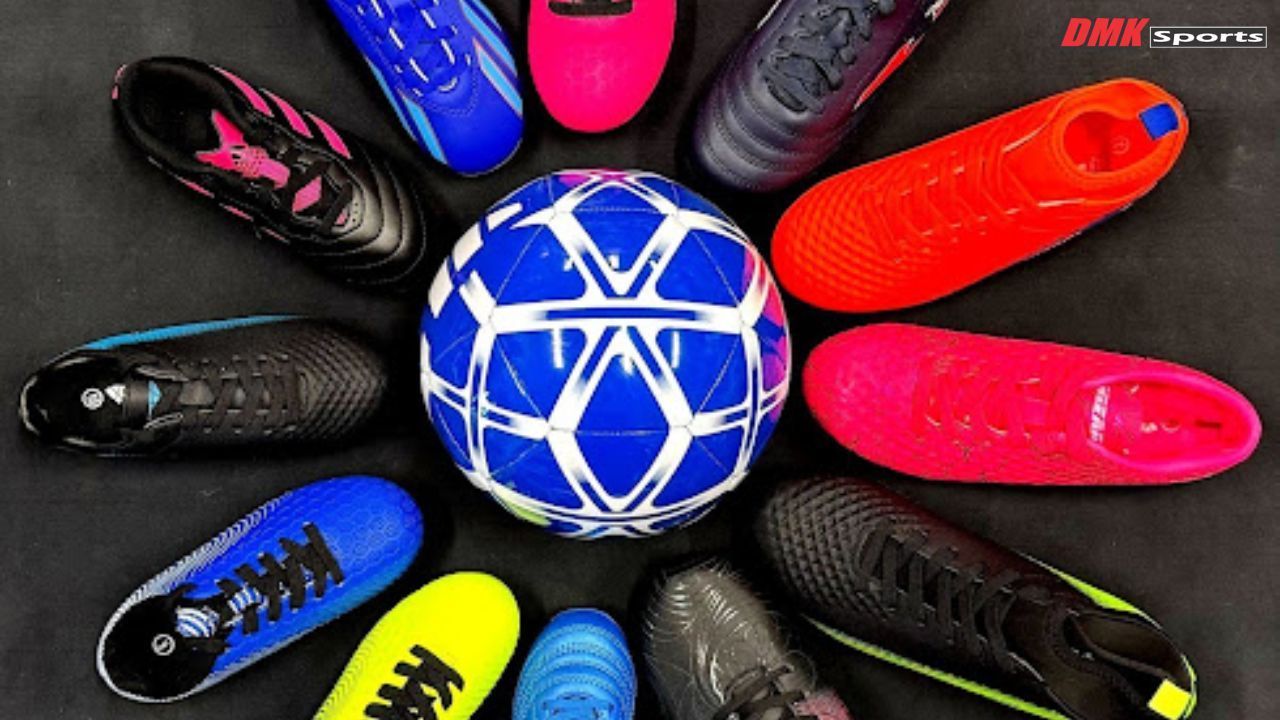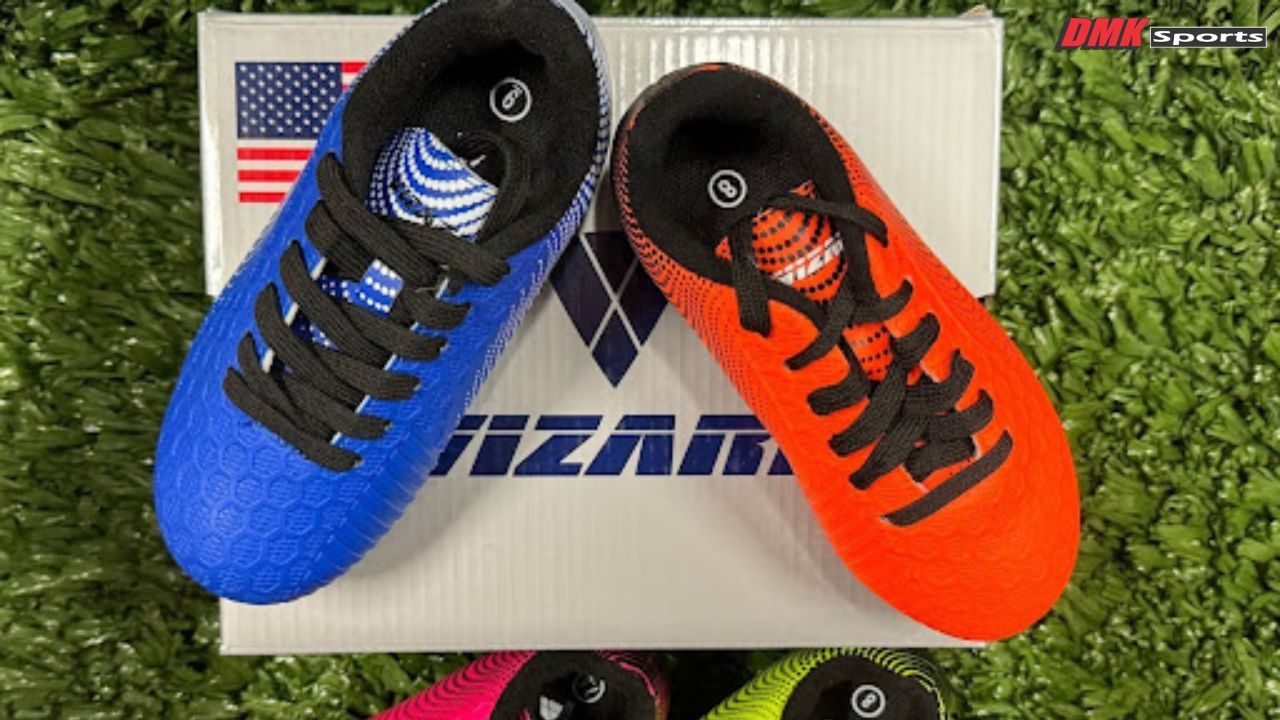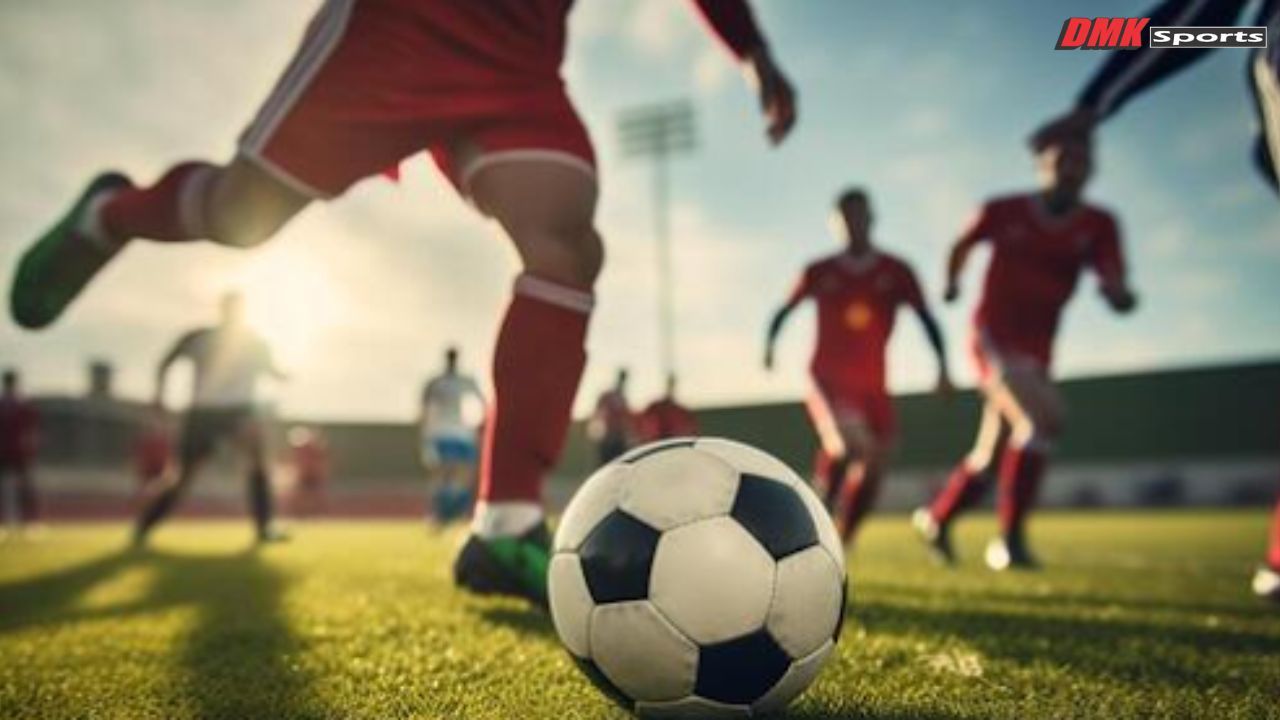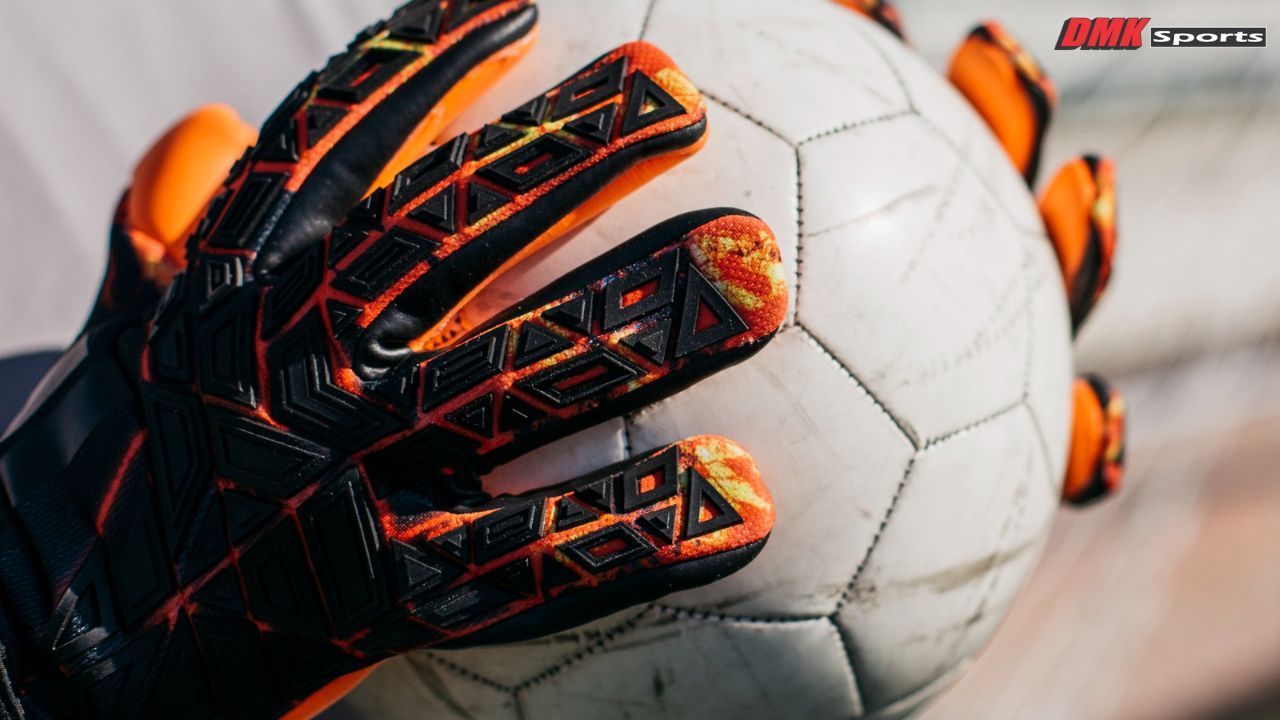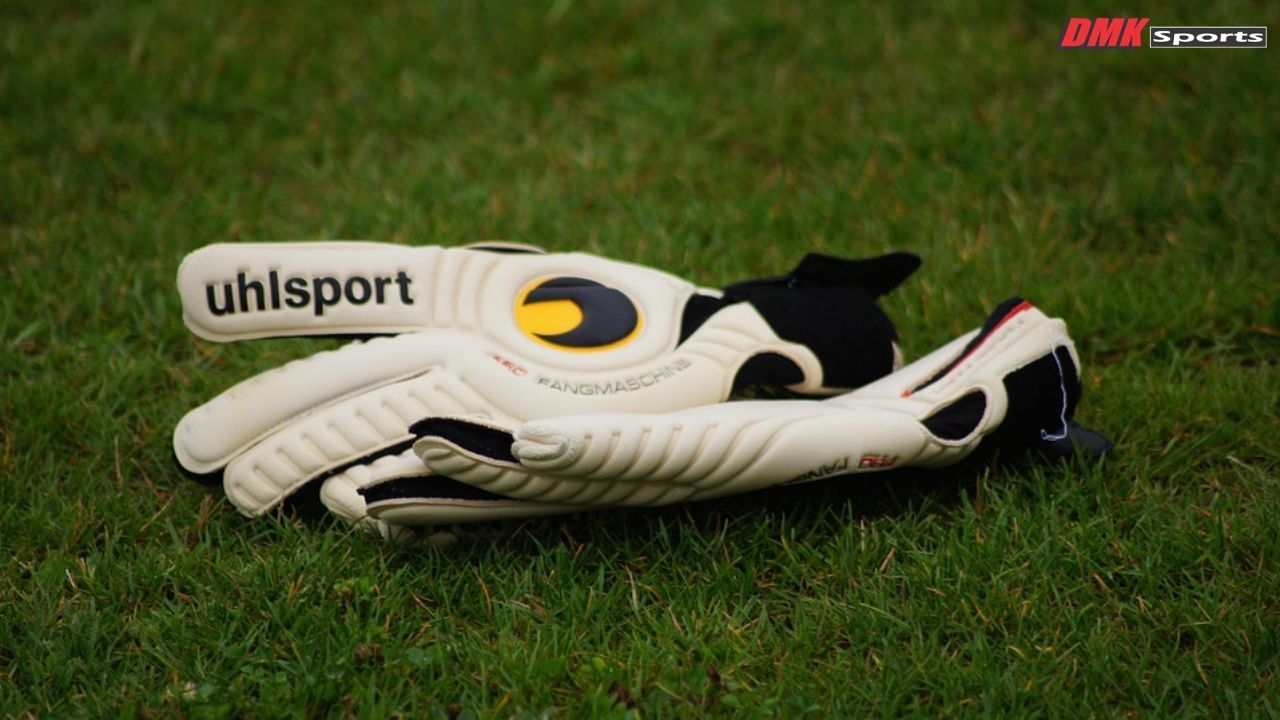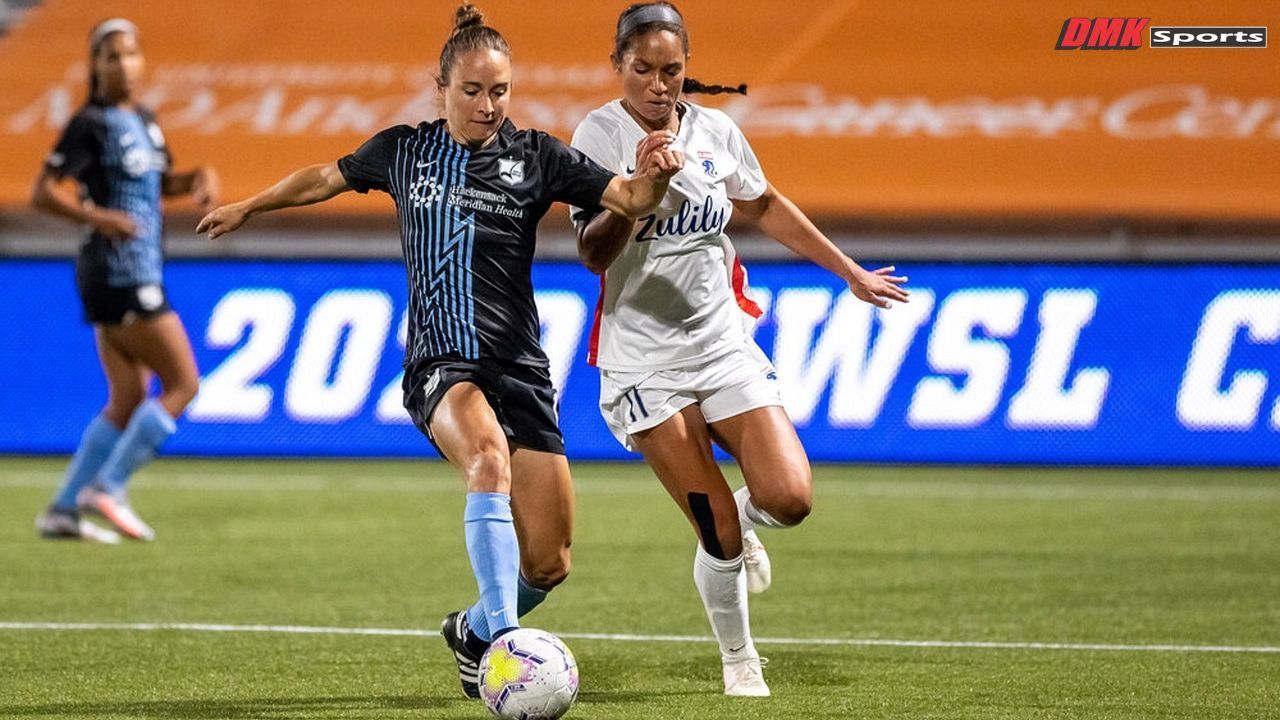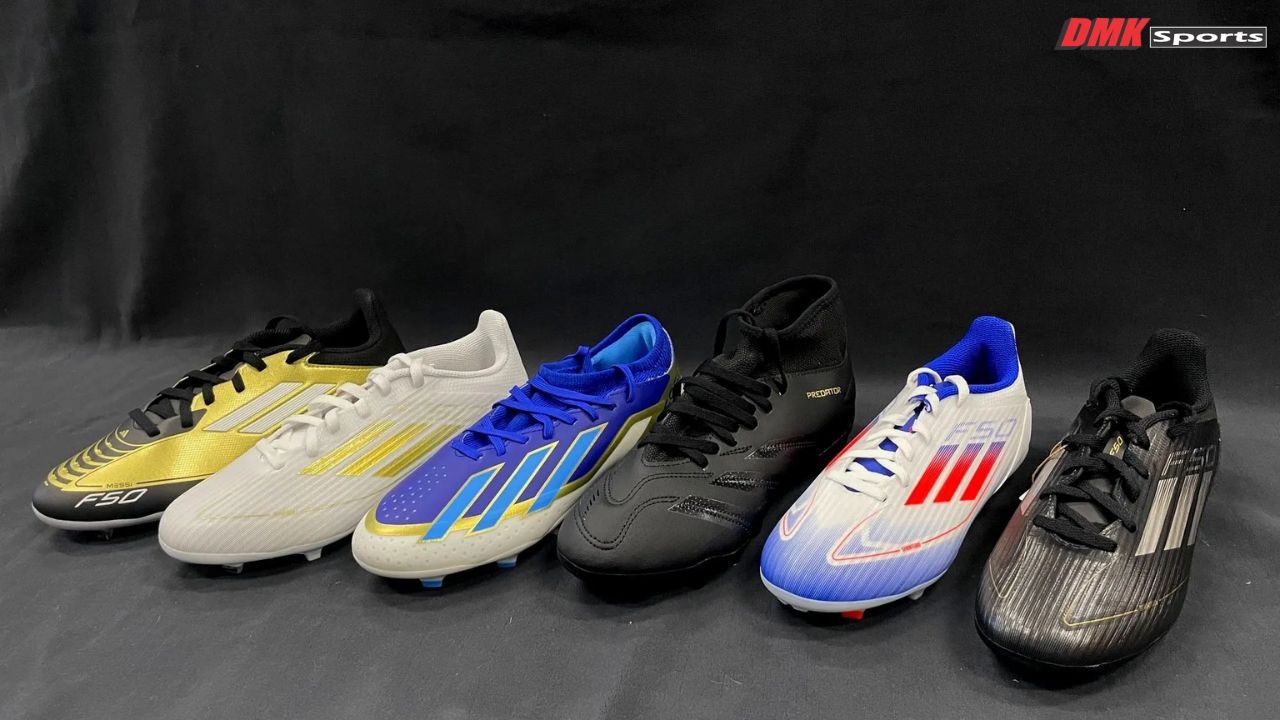Are Football Cleats the Same as Soccer Cleats?
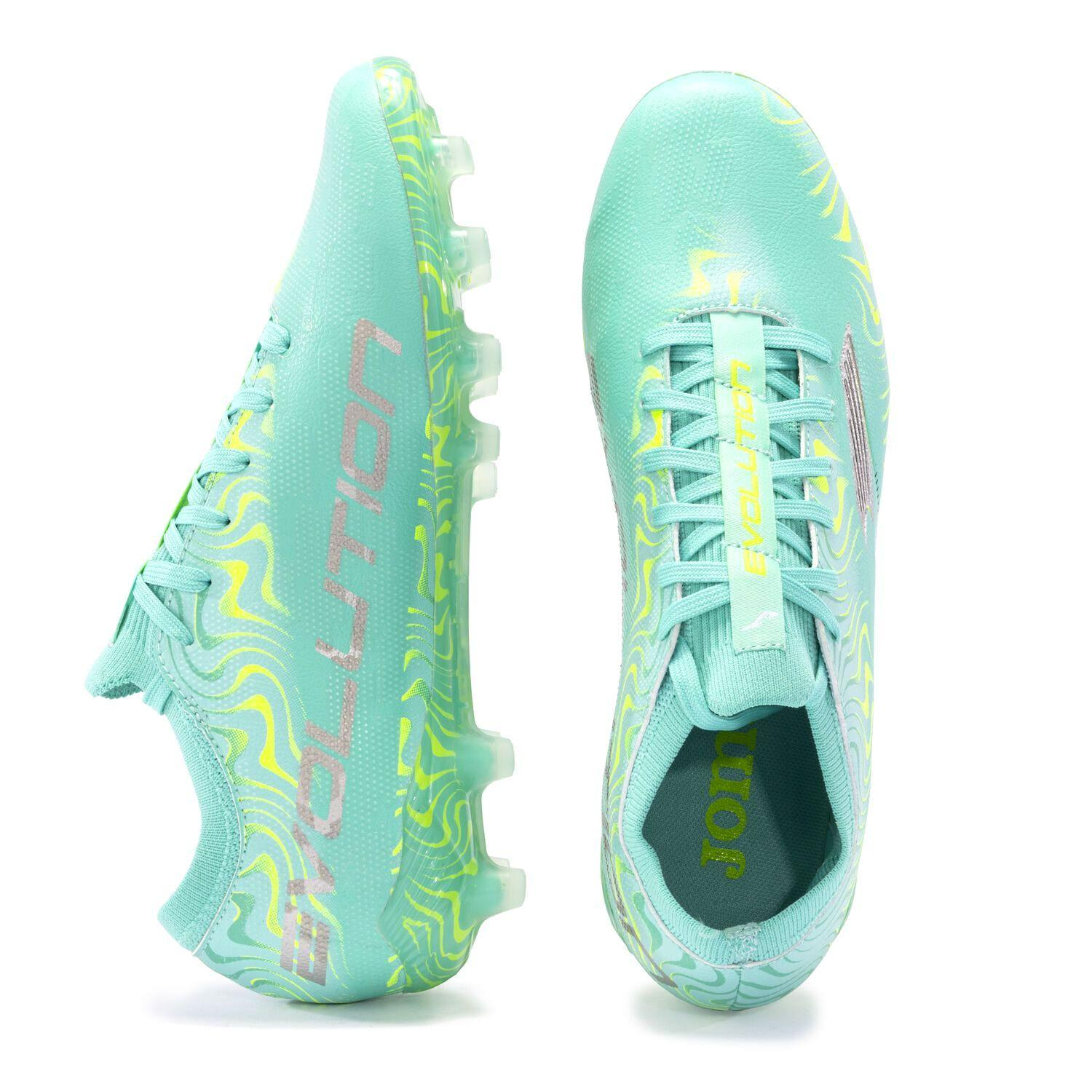
When it comes to sports gear, shoes are so important because they carry you around the field, especially in soccer and football.
Therefore, for team sports like football and soccer, cleats are very important. They help players run fast, make quick turns, and stay in control.
A lot of people ask, "Are football cleats the same as soccer cleats?" The short answer is no, they aren’t the same. Let's break down the differences of football cleats vs soccer cleats so you get a better understanding.
What Are Cleats?
Cleats are special shoes worn in sports played on grass or turf. They have small spikes or studs on the sole. These studs help players get better grip on the ground while they move around.
Cleats stop players from slipping, preventing injuries from fall or twisted ankles, and help them change direction quickly. While shoes for both football and soccer are referred to as cleats, the design and purpose of the cleats are different.
The Main Difference Between Football and Soccer Cleats
Football cleats and soccer cleats are made for different needs. The sports may both be played on grass, but the way players move during these games is very different.
- In
football, players start and stop often. They majorly use blocking, tackling, throwing, and pushing techniques.
- In
soccer, players are almost always running. They kick the ball and need more foot control as there is more footwork.
So, the cleats, whether football cleats or soccer cleats, are made to match these respective movements.
Shape and Build
1. Soccer Cleats
- Lightweight: Soccer players run a lot, so their shoes are lighter.
- Low-cut style: The shoes stop below the ankle. This gives more freedom to move.
- No toe stud: Soccer cleats do not have a front spike. This helps players control the ball better.
2. Football Cleats
- Heavier build: Football cleats are more solid. They give more support.
- Different cuts: Some football cleats go above the ankle. These give extra support to players who need to change direction or take hits often.
- Toe stud present: Many football cleats have a spike at the front. This helps with fast starts and stops.
Stud Placement
Soccer cleats have more evenly spaced studs. This helps with running and balance. The studs are shorter, so players can feel the ball better under their feet.
Football cleats may have thicker or longer studs. This gives better grip for pushing and sudden movement. Some football cleats also have studs placed for position-specific moves.
So, the biggest difference between football cleats vs soccer cleats is that they’re made for different movements and should be purchased based on what you play.
Toe Design
The front of soccer cleats is smooth and round. This helps with passing and shooting the ball easily.
The front of football cleats may be stiffer and more solid. They’re not made for kicking a ball. Instead, they are made for power and quick movement.
Ankle Support
Football cleats often come in three styles:
- Low-cut: For speed positions like wide receivers.
- Mid-cut: For players who need speed and some ankle support.
- High-cut: For linemen who need strong support and protection.
Soccer cleats are usually low-cut. This gives players better movement and helps with ball control.
Can You Use Football Cleats for Soccer?
It's not a good idea to use football cleats to play soccer, as football cleats are not made for soccer movement. They are heavier and can make running harder. Also, the toe stud can be dangerous in soccer.
In fact, many soccer leagues do not allow football cleats. This is for safety reasons. Referees may check your shoes before the game. If your cleats are not approved, you won’t be allowed to play.
Can You Use Soccer Cleats for Football?
Whether you can use soccer cleats for football depends on the level of play and your position on the field:
- Youth football: Some kids wear soccer cleats for flag football. At younger levels, the need for ankle support is less.
- High school or above: Most players wear football cleats. Soccer cleats may not give enough grip or protection, especially for linemen.
Therefore, soccer cleats can work for casual football. However, they’re more of a quick replacement in emergencies and are not ideal for serious play.
Why the Difference Matters
Wearing the wrong cleats in football cleats vs soccer cleats can lead to problems:
- Injury risk: Without proper support, players can twist an ankle or fall.
- Bad performance: Heavy cleats slow soccer players down. Light cleats may not protect football players.
- May not be allowed: Referees or coaches might stop you from playing with the wrong gear.
It’s always better to use the cleats made for your sport, be it football or soccer
Tips Before You Buy
- Know your sport: Always choose cleats that are particularly designed for the sport you play.
- Try them on: Make sure they fit well. Too tight or too loose can hurt your game.
- Check the rules: Some leagues have rules on what type of cleats you can wear.
- Look at the surface: Turf cleats and grass cleats are different. Choose the right one.
- Get professional advice: Visit a store with knowledgeable staff to get the best-suited cleats for your needs.
Final Thoughts
So, are football cleats the same as soccer cleats? No, they’re not.
Each cleat is made for the way the sport is played. Using the wrong type may lead to injury or poor performance. If you play both sports, it’s best to have one pair of cleats for each.
Getting the right gear, including football cleats or soccer cleats, helps you play your best — and stay safe while doing it.
DMK Sports is a family-owned premium soccer store where you can buy high-quality soccer gear, including soccer cleats, soccer balls, soccer jerseys, and more, at affordable pricing. The knowledgeable staff will help you pick out the best cleats based on your requirements.
Shop only the best soccer gear from the largest soccer gear store in all of Rhode Island, South Eastern Massachusetts, and Eastern Connecticut.
